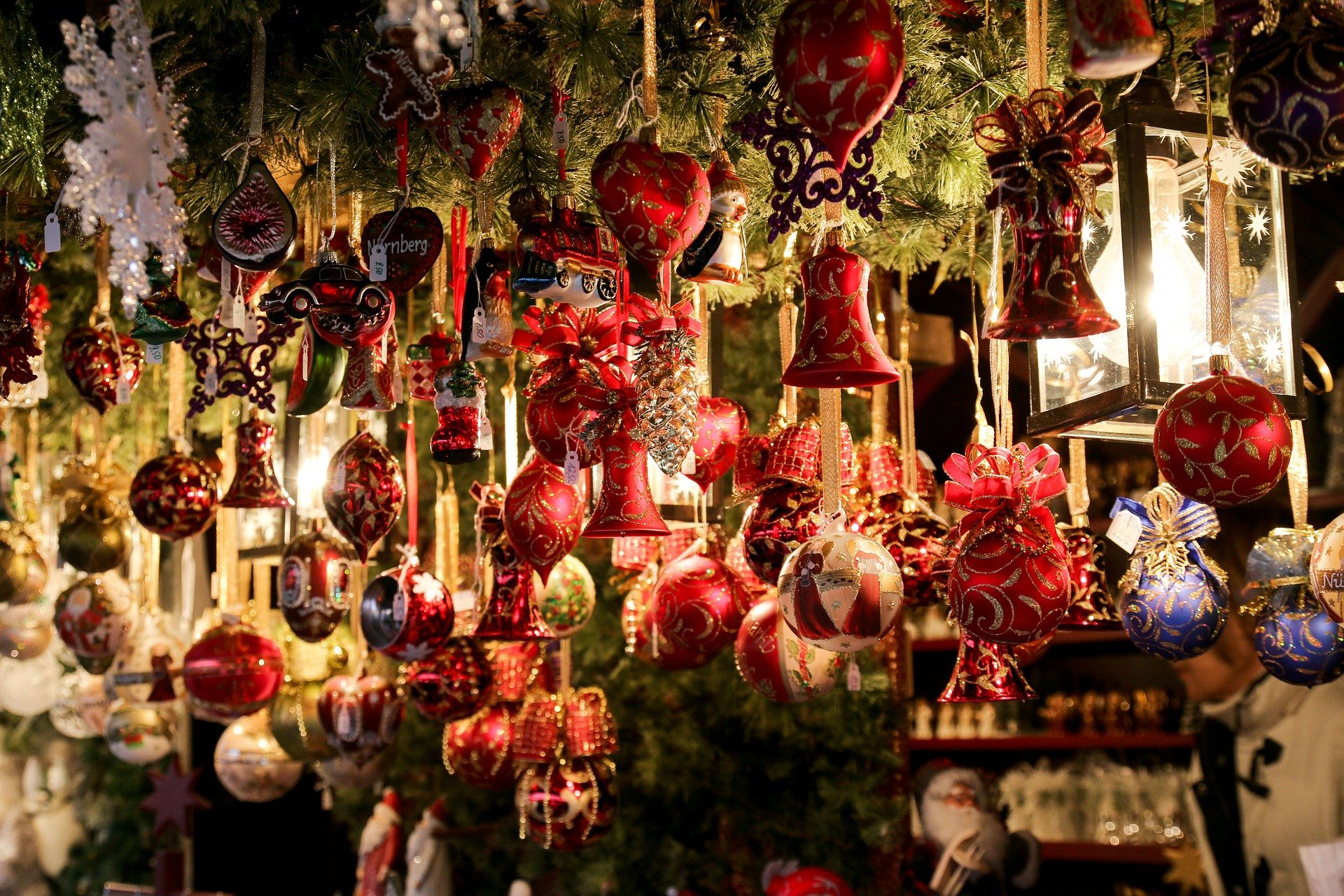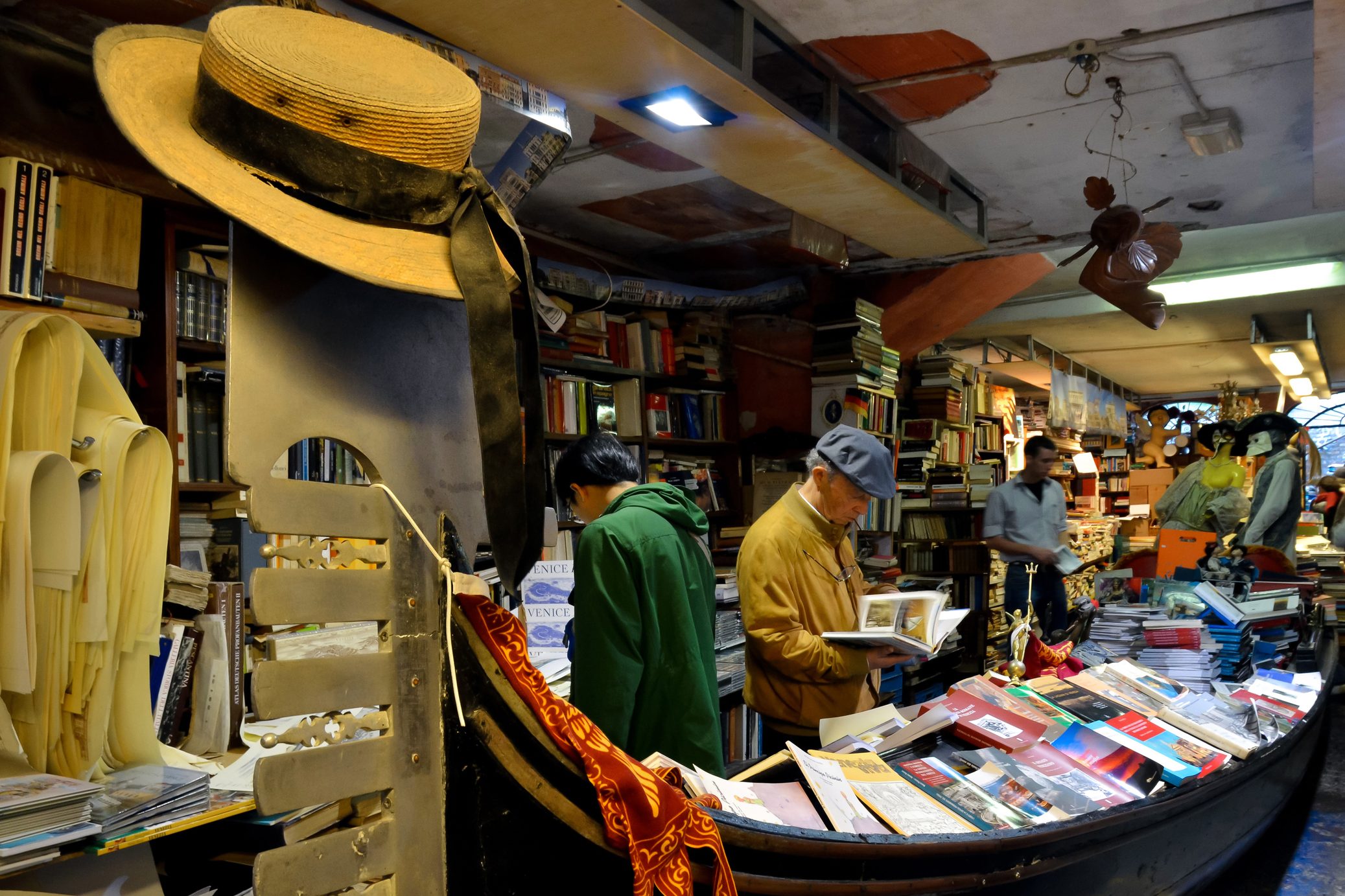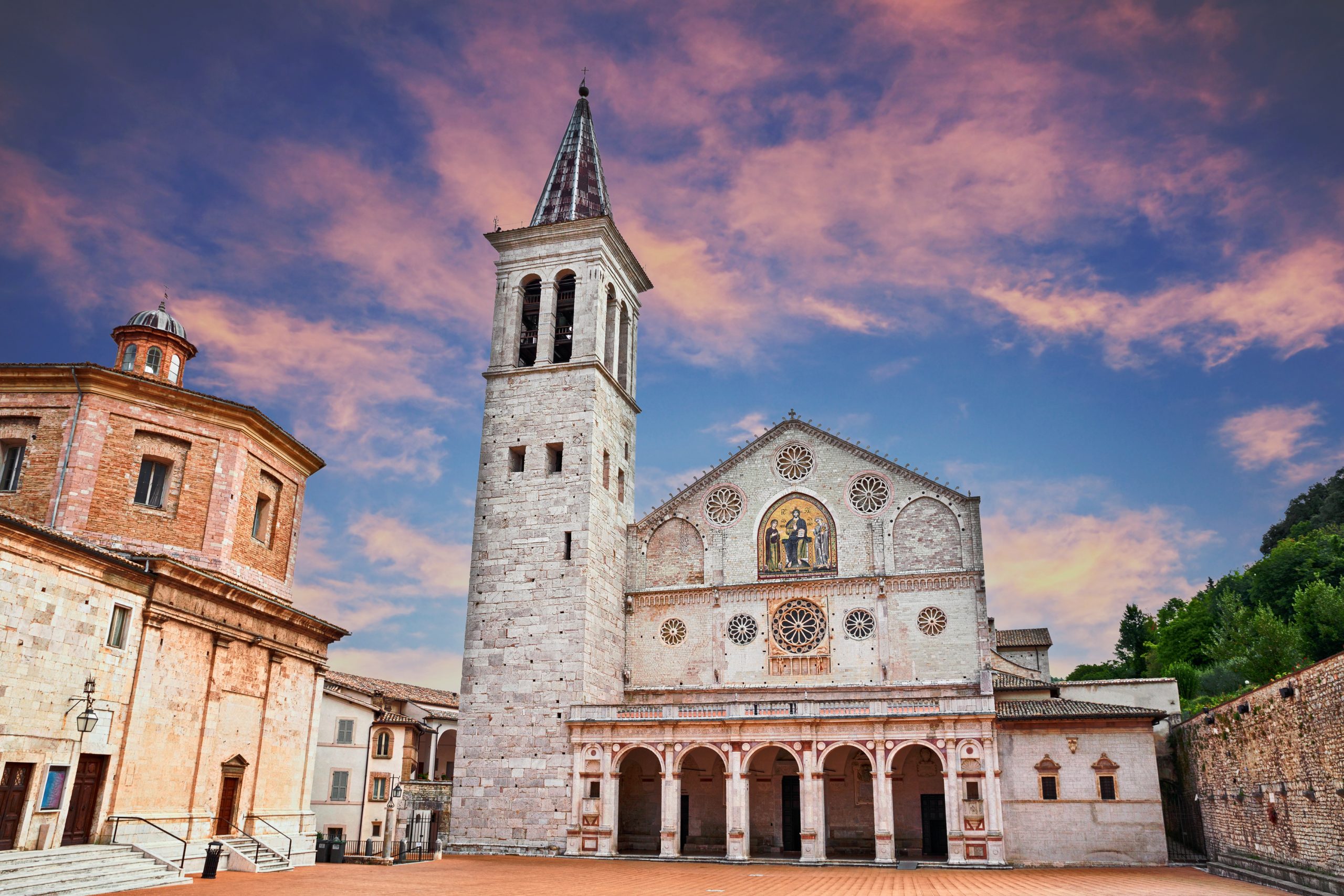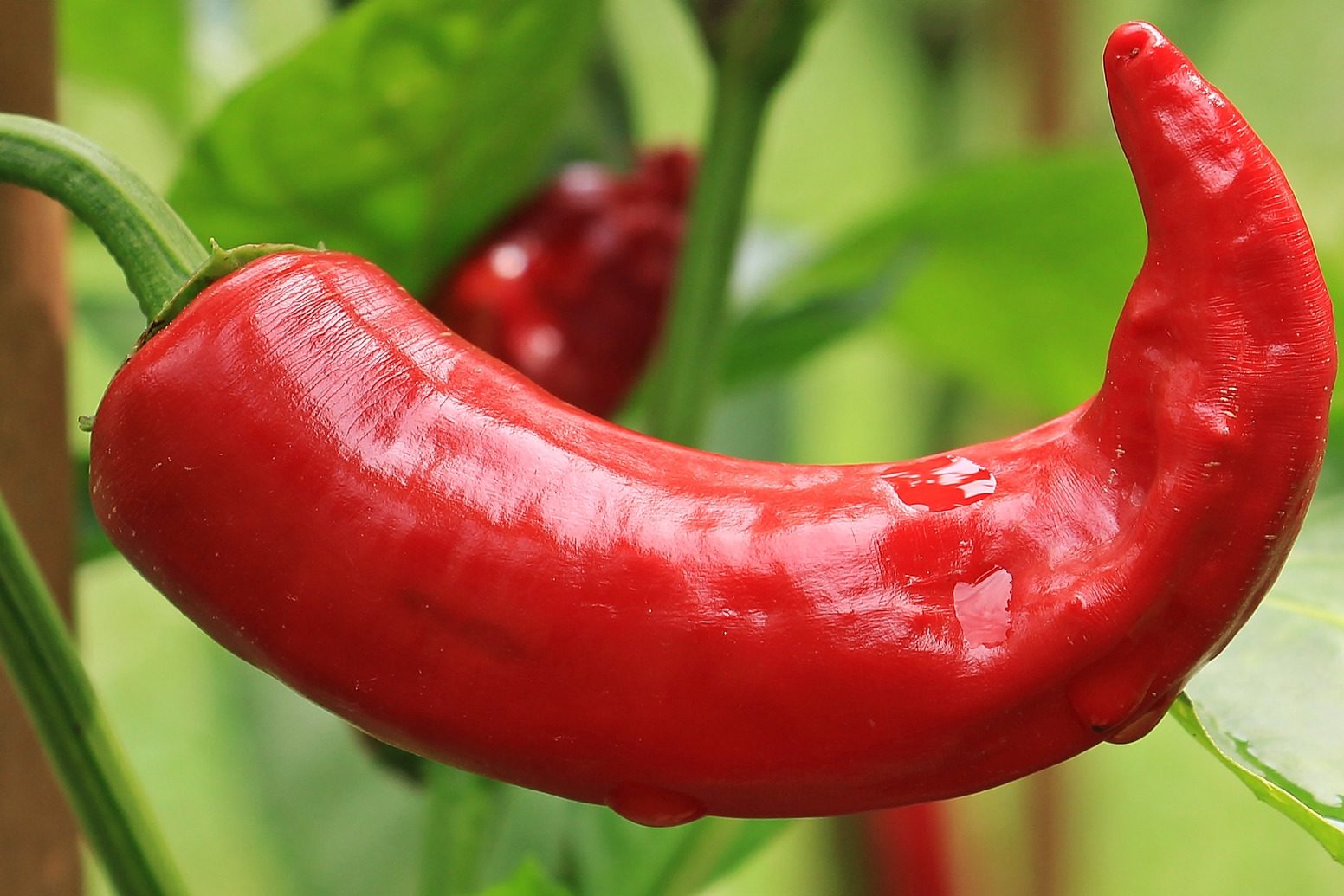For many of us the thought of Christmas conjures images of quaint mountain villages covered with a white blanket of snow, fires roaring in fireplaces, families gathering around the table to enjoy the same homemade cookies and meals year after year.
Even the most progressive among us like to relive the holiday traditions that are part of our past and remind us of our childhood: we keep old ornaments that our kids have crafted in kindergarten, we secretly enjoy those annoyingly repetitive songs they play at every store and we would never give up preparing the special tortellini or roast that our nonna used to cook so many Christmases ago.
And if Christmas is a time to rediscover and embrace tradition, there is one area of Italy that, more than others, has roots that run deep into its past: South Tyrol, the northernmost part of Trentino Alto Adige, with the gorgeous backdrop of the pink Dolomites, its wide valleys and abundant snow, is one of those places so Christmassy it would probably make even Scrooge smile.
Its holiday traditions, too, are numerous and varied, as are its famous Christmas markets: Bolzano, Vipiteno, Bressanone, Merano and Castelrotto are the biggest and most renowned, but a multitude of other smaller villages offer their fair share of beautifully decorated market stalls selling locally handcrafted wooden sculptures, Christmas ornaments and homemade sweets. Bressanone, or Brixen in German, is one of the best, most romantic and quaintest towns of the area and a perfect starting point to explore the region and its unique culture – a mixture of Italian, Austrian and German.
The town center is as picture perfect as one can imagine, with ancient roots, medieval alleys and a truly spectacular cathedral, the baroque Brixen Dom. Accommodation options are plentiful and gastronomy is absolutely top-notch. For a real treat, stay or at least enjoy a meal at the Hotel Elephant (http://www.hotelelephant.com/en/), a legendary luxury hotel that has been in business for over 400 years.
Brixen is indeed charming, but so is the rest of the area because of its peculiar geography and history. For centuries South Tyrol’s secluded side valleys were hardly influenced by the outside world, so their stories and traditions were handed down from generation to generation and are, to this day, considered incredibly important by youngsters and older folks alike.
Advent, the four weeks leading up to Christmas, is a truly magical time filled with religious customs and festivities: in both major and minor villages of South Tyrol it is possible to enjoy many of these traditions, as locals are welcoming and friendly and enjoy sharing them with strangers.
Advent officially starts four Sundays before Christmas, when people buy their Advent wreath: evergreen branches shaped in a circle adorned with four candles, usually red or gold. Each candle represents one of the four weeks of Advent: on the first Sunday the first candle is lit, followed by the second on the following Sunday and so on until the Sunday before Christmas when all four are lit. The wreaths are usually bought outside church on the first Sunday of Advent, but can also be bought at Christmas markets and, nowadays, come in all sizes, colors and shapes, although the circular ones with red candles are still a favorite in the area.
Another tradition deeply rooted in South Tyrol’s Christmas festivities is St. Nicholas’ Day. It falls on December 6th and is celebrated in many villages with a procession. Dressed in bishop’s robes, St. Nicholas hands out sweet treats to children, accompanied by angels dressed in white and by the “Krampuses” – devil-like, horned creatures with scary-looking masks, clothed in rags, rattling chains and cowbells, and beating “naughty” children around the thighs with birches… or at least pretending to do so!
Nowadays they partake in a less violent and definitely more fun practice: as their faces, arms and hands are covered in black grease they enjoy chasing young kids to draw a black mark on their cheeks. One of the best places to witness this joyous show is at Stelvio in the Val Venosta valley, where this tradition takes on a form of its own. It is called “Klosen” -from Santa Claus- and draws spectators from all over the region.
Klökeln, too, is a tradition that is still alive in the area and can be traced back to the 16th century. The name “Klöckeln” derives from a dialect word for “klopfen” or “knock”. The three “Klöckel nights” are the three Thursday evenings before December 21st, the winter solstice. Masked kids move from house to house knocking on doors and asking for gifts, much like American children do on Halloween. While doing so they sing two songs: the “Klöckel” song and the thanking song, both tunes that probably have their roots in ancient pagan customs.
As Christmas draws nearer, families but also villages and towns set up the Nativity Scene with figures made from clay or wood, often carved at home or by local artisans, replicating the manger scene where baby Jesus was born, with Mary and Joseph, a donkey and an ox, with the shepherds and angels in adoration of the child. From January 6th they are joined by the Three Wise Men or Magi. The Diocesan Museum in the Prince Bishop’s Palace (Hofburg) in Bressanone/Brixen features one of the world’s largest collection of Nativity scenes, as well as workshop for children to craft their own Nativity. For more information visit: http://www.hofburg.it
If you would like to buy and bring home a gift that is both different and very traditional, think incense: it is burned in South Tyrolean homes on Christmas Eve, New Year’s Eve and the evening of 6th January. On these three special nights family members carry incense around the house and pray for the new year to be filled with joy and happiness for all.
During the holidays is not unusual to run into children walking around the streets of Brixen dressed as the Three Wise Men: they are the Sternsinger and they go from house to house to sing special songs and collect donations and they write with consecrated chalk the year and the initials C+M+B (Christus mansionem benedicat – May Christ bless this house) on the house door.
Brixen is only 30 minutes away by train from Bolzano, the region’s capital, but a car is a better way to explore the area as some of the villages and valleys are not as well connected by public transportation. The nearest airports are Verona Villafranca (about 2 hours to the South) and Innsbruck (about one our to the north in Austria).






























